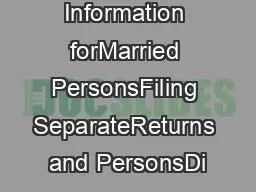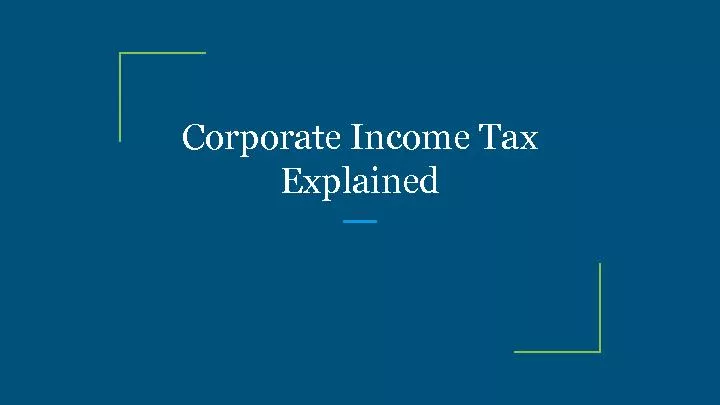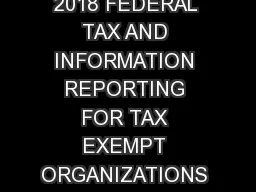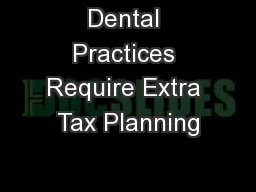PDF-Tax Information forMarried PersonsFiling SeparateReturns and PersonsDi
Author : susan | Published Date : 2021-10-02
Printed onRecycled Paperx0000x0000TABLE OF CONTENTSPageINTRODUCTIONOVERVIEW OF WISCONSINS MARITAL PROPERTY LAWAWhat is Wisconsins Marital Property Law1What is a
Presentation Embed Code
Download Presentation
Download Presentation The PPT/PDF document "Tax Information forMarried PersonsFiling..." is the property of its rightful owner. Permission is granted to download and print the materials on this website for personal, non-commercial use only, and to display it on your personal computer provided you do not modify the materials and that you retain all copyright notices contained in the materials. By downloading content from our website, you accept the terms of this agreement.
Tax Information forMarried PersonsFiling SeparateReturns and PersonsDi: Transcript
Download Rules Of Document
"Tax Information forMarried PersonsFiling SeparateReturns and PersonsDi"The content belongs to its owner. You may download and print it for personal use, without modification, and keep all copyright notices. By downloading, you agree to these terms.
Related Documents














